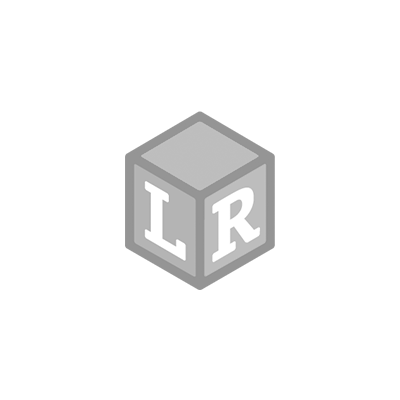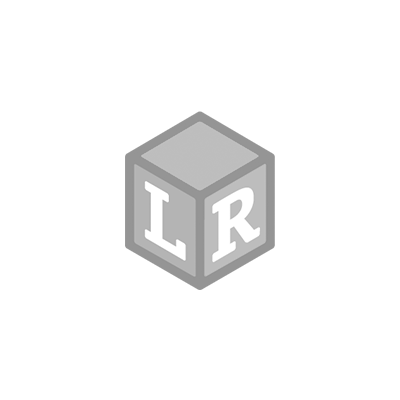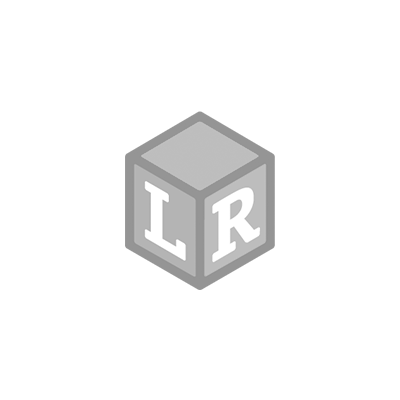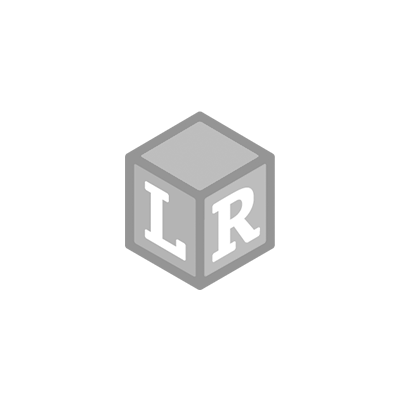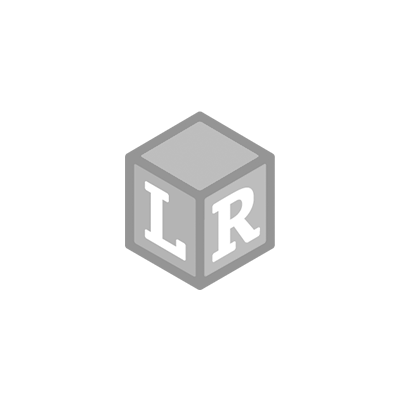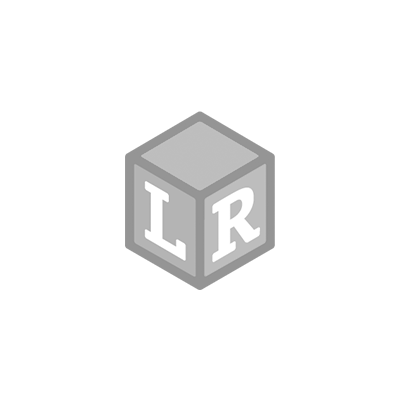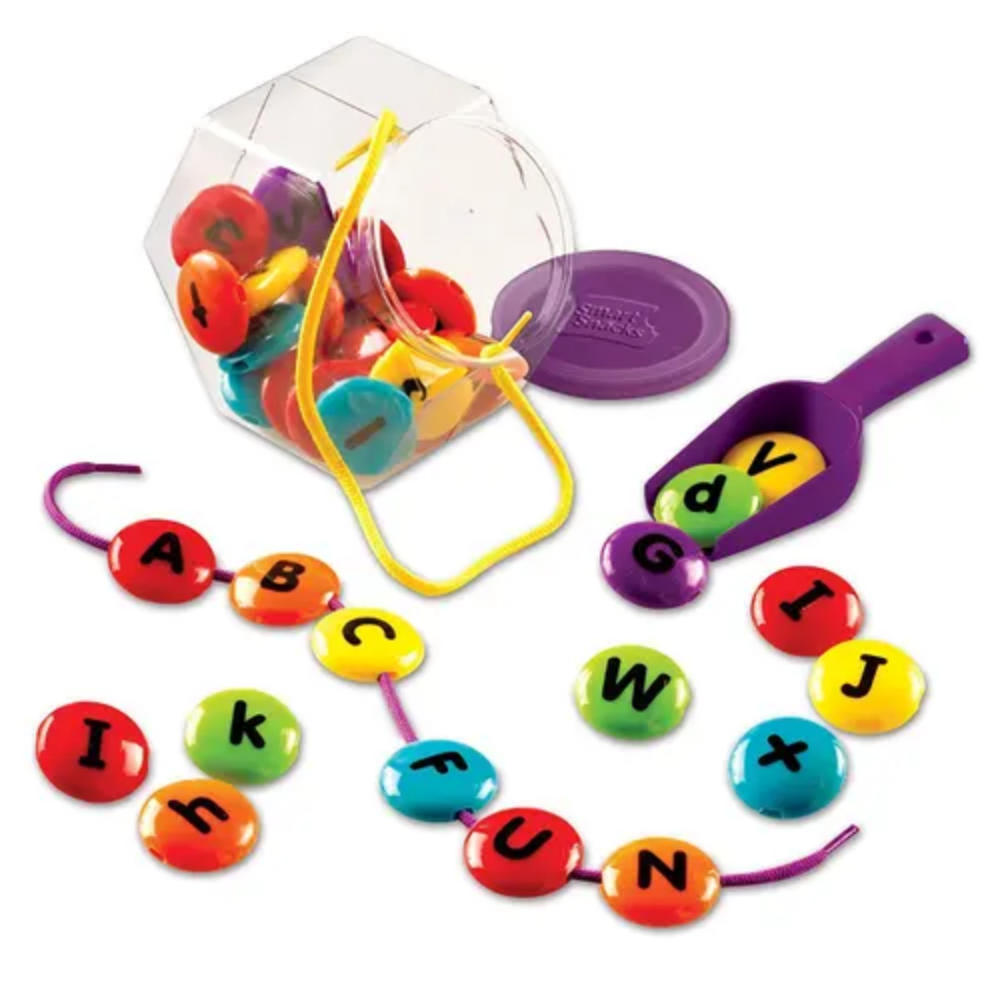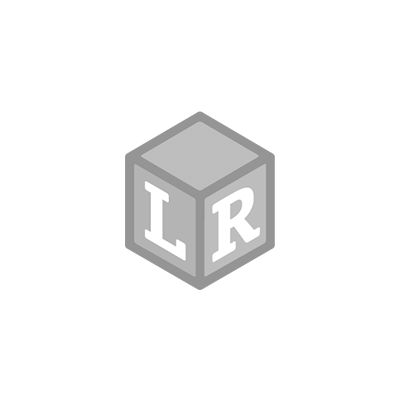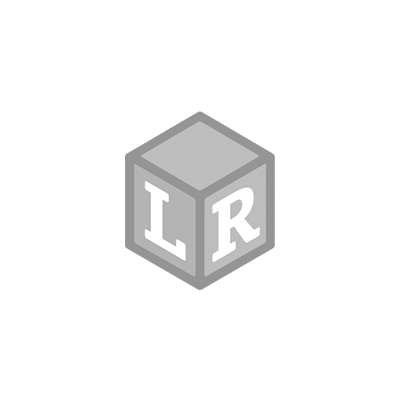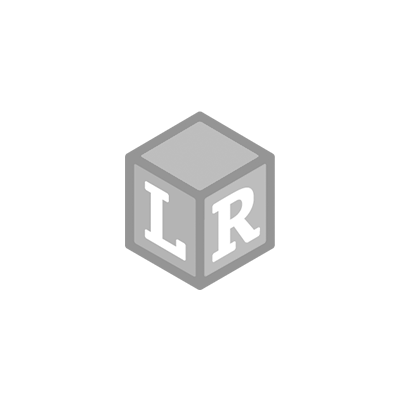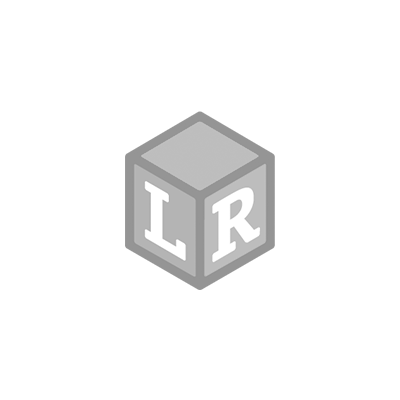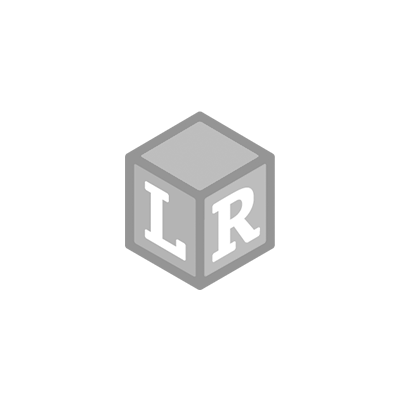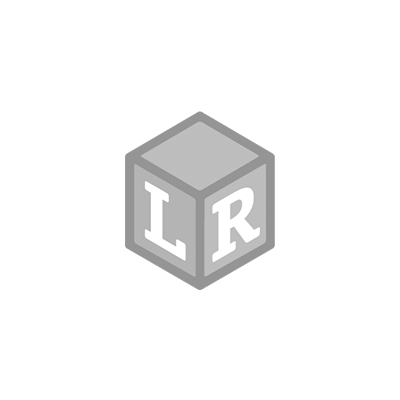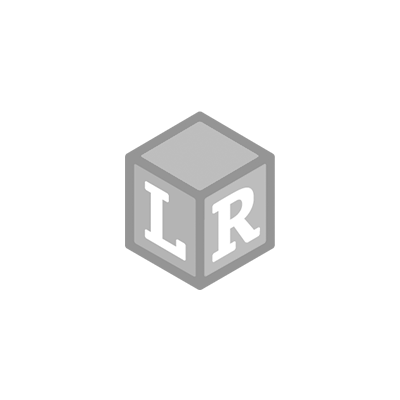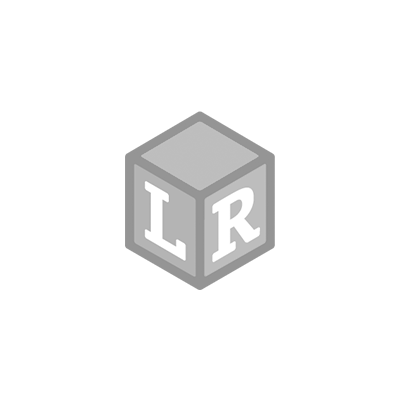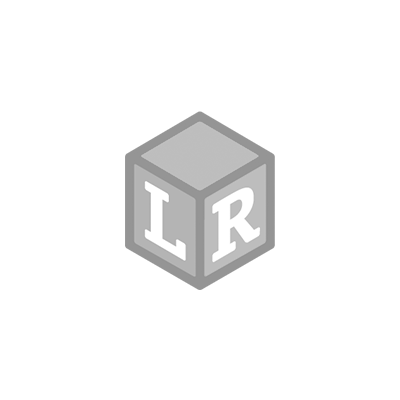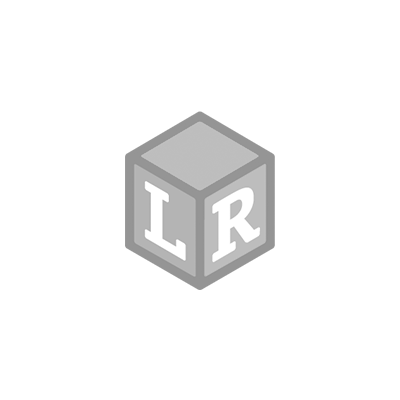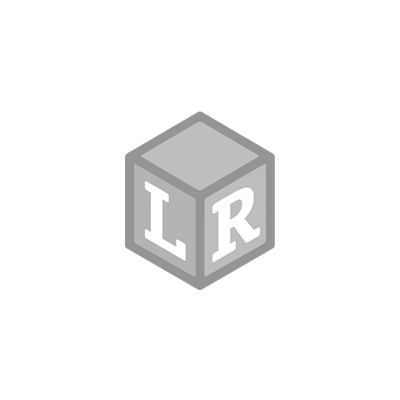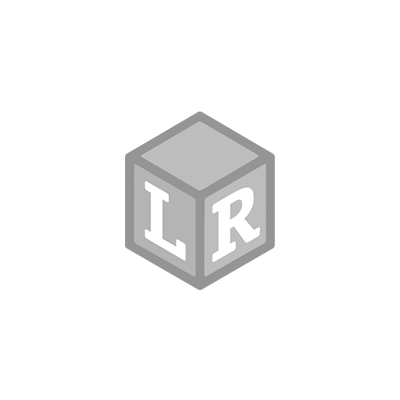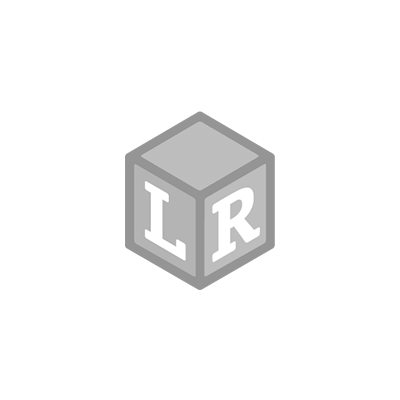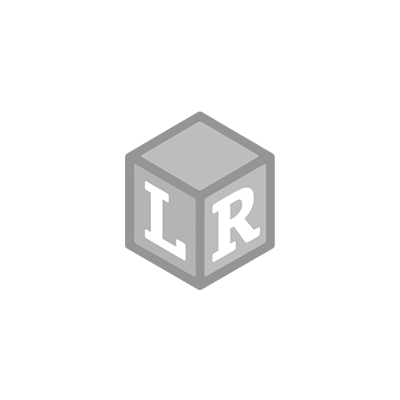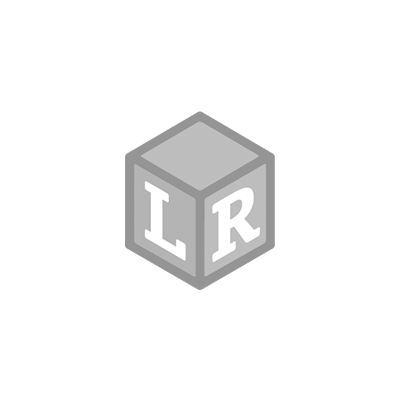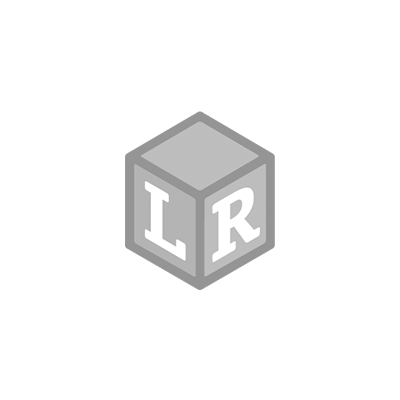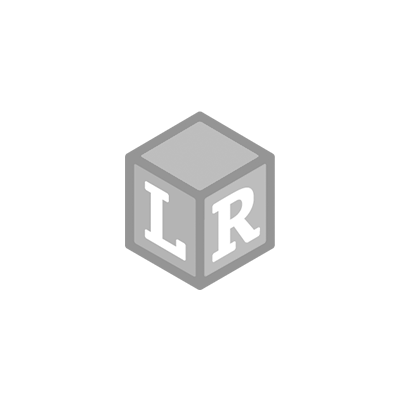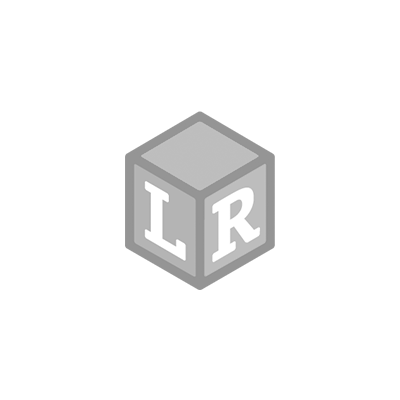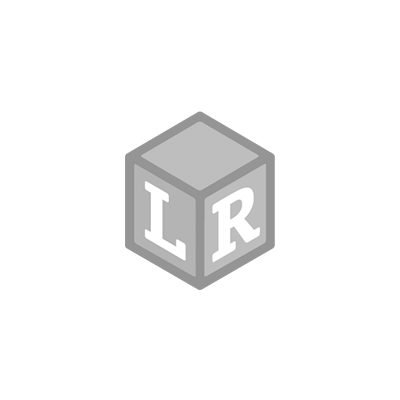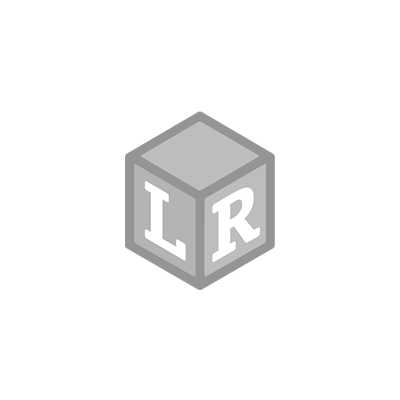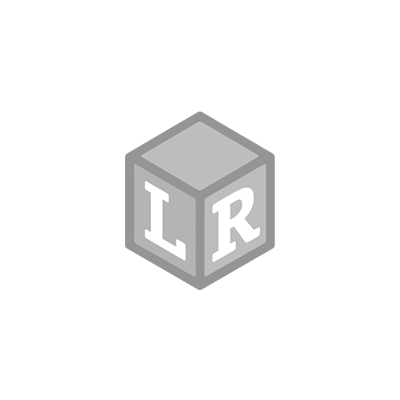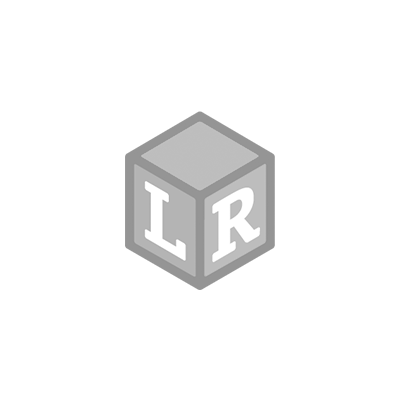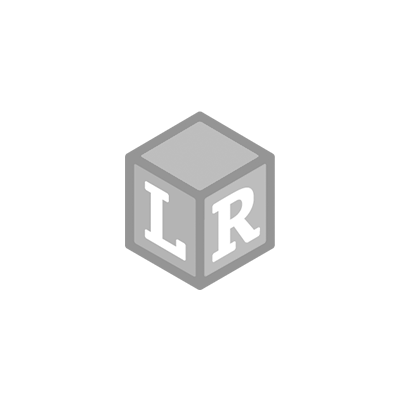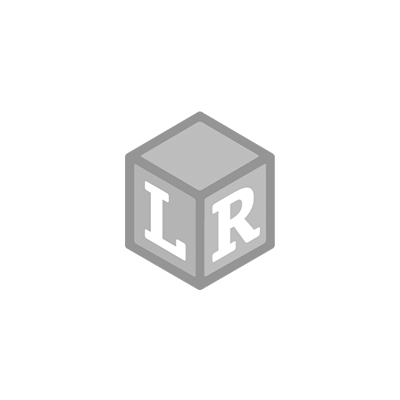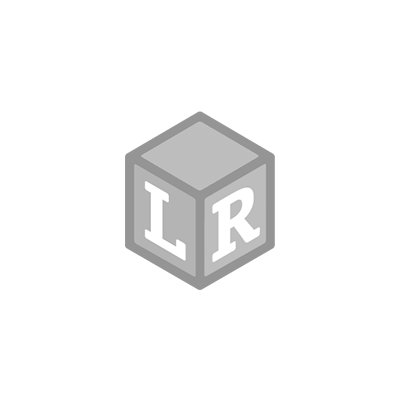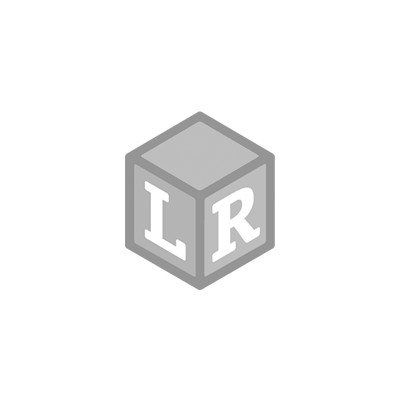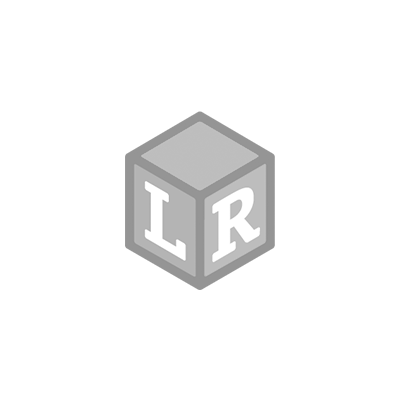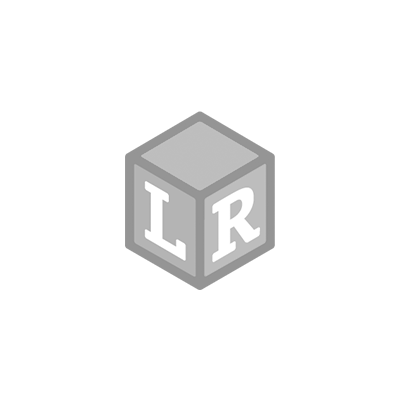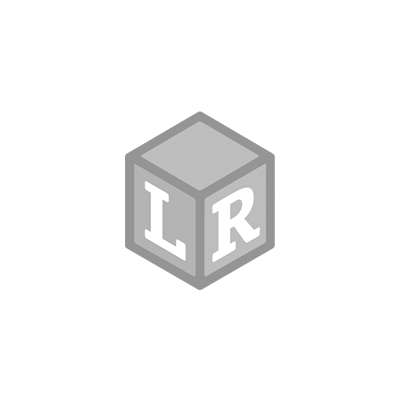
Cozy Calm Down Corner for 2-4 year olds
- Gabrielle Fischer Posted On Aug 27, 2021 | 2 - 4 Years SEL
Nervous, agitated, frustrated, oh my! Learning how to respond to big emotions during early childhood is an important social-emotional learning goal, but no small task! This can be particularly challenging when they may not have the vocabulary to understand and express their own emotions, causing them to act out even more. Creating opportunities for your toddler or preschooler to practice identifying emotions and learn specific strategies to calm their bodies and regulate those emotions can help!
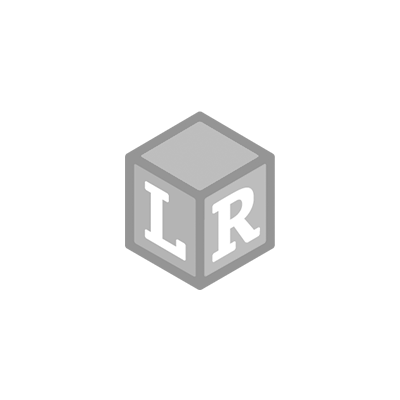
In order to support this social-emotional learning, particularly as our child re-enters in-person school environments and needs to navigate new routines and social situations with classmates, we created a “Cozy Calm Down Corner” in our home to give our budding preschooler a safe place to recognize and regulate her big, challenging feelings.
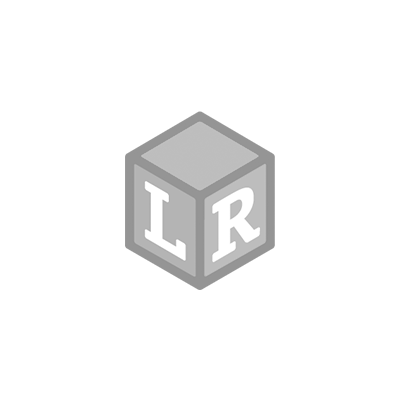
Note, however, that visiting the “Calm Down Corner” is not a penalty or “time out” space to isolate our child when she’s perhaps made poor choices or exhibited inappropriate behaviors as a result of her big feelings. Those punitive spaces only send the message that normal feelings like anger, sadness, or frustration are bad and should be hidden away. Instead, the “Cozy Calm Down Corner” is a quiet place where she can retreat and feel safe to work through her big feelings, whatever they are, as well as an opportunity for her caring adults to lean in and provide support as needed.
So, what might you place in a “Calm Down Corner” to foster a healthy release and response to big emotions? Certain items can help your child learn useful techniques to deal with those feelings that are safe, non-destructive, and transferable to situations out in the world where there may not be a “cozy corner.” For instance, we included:
- Cozy stuffed animals, pillows and/or a blanket. These items not only provide comfort but can be used to snuggle/hug, provide calming sensory input (think of stroking something soft or being grounded by a weighted blanket), or even something safe to punch if angry/aggressive feelings need a safe, physical outlet.
- Small, unbreakable mirror. A mirror can serve multiple purposes, including allowing your child to watch themselves take deep, calming “belly breaths'' in through their nose and out through their mouth. When calm, they can also practice making different facial expressions and identifying different emotions in their reflections. Learning Resources All About Me 2-in-1 Mirrors have the added benefit of a “fun” mirror on the other side, which warps reflections and creates silly faces to brighten anyone’s mood.
- Books. You can include your child’s current favorite reads to help them calm down and/or titles that specifically feature characters who are having and responding to various emotions. When your child is ready, use the latter to discuss how these characters work through difficult situations and challenging emotions. Some titles we’ve discussed include Will Giraffe Laugh? by Hilary Leung (board book), The Rabbit Listened by Cori Doerrfeld (picture book), and Big Feelings by Alexandra Penfold (picture book).
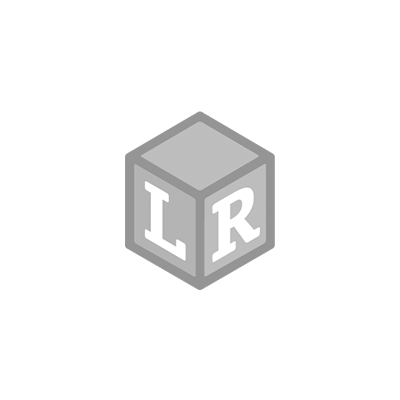
- Toy/tool to display and explore emotions. Sometimes, when you don’t have the language to describe how you’re feeling, having an engaging toy like the Learning Resources Big Feelings Pineapple can be a useful tool for making your emotions known.
- Glitter jar or I-Spy sensory bottle. Create your glitter jar or I-spy bottle. As your child explores the jar/bottle, watching or finding the falling pieces inside provides a quiet, focused activity while their bodies calm down. For instance, we created two I-Spy bottles to swap out in our Calm Down Corner using the Learning Resources Primary Science Sensory Tubes -- one with a sand base, the other white rice, and confetti pieces. We filled both tubes with small items/loose parts from around the home for our children to hunt and discover by rolling and turning the tubes in their hands.
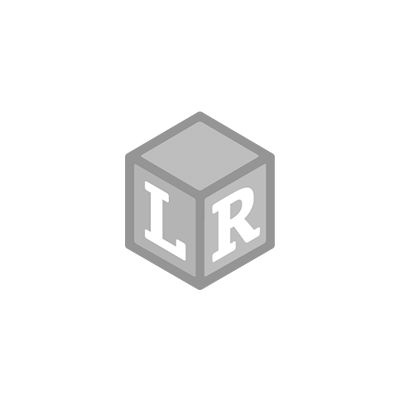
The items in your Calm Down Corner don’t need to remain stagnant or look exactly like ours. You know your child best -- their age, favorite comfort items, and developmental needs all play a role and will change over time. You might also try:
- A small pinwheel. Using a pinwheel encourages your child to take deep breaths and blow out any negative feelings.
- Music or audiobooks. Sometimes, listening to some soothing or favorite stories or songs can provide a calming or mood-brightening response as they shift our attention and focus to something new. It might also provide the opportunity to “dance out” any big feelings!
- Drawing supplies. Children can either draw to relax, illustrate how they are feeling or something that makes them happy, or use the materials (crayons and paper, chalk and chalkboard) to “angry draw” out their emotions as a form of release.
Don’t have space for an entire “Cozy Calm Down Corner”? No problem. Put a few things in a special basket or box that your child can easily access whenever and wherever they need it!
Children learn to understand and manage their emotions with practice. Implementing strategies and spaces like “Calm Down Corners” can foster that learning in a safe, fun, and supportive way that’s easily adaptable to your own child’s needs and interests.
About the Author, Sarah Yale: With a background in education, youth development, and restorative justice, Sarah Yale wears many hats, including Mom and Librarian. She endeavors to combine her love of children's books and the great outdoors to plan inclusive, play-based activities that foster curiosity and social-emotional learning. An advocate for literacy development, loose parts, and sensory play, Sarah's activities invite you to lean in, read up, and get messy together! See more of her ideas on Instagram at @staycurious_sadertot.
 Shop UK Site
Shop UK Site 
